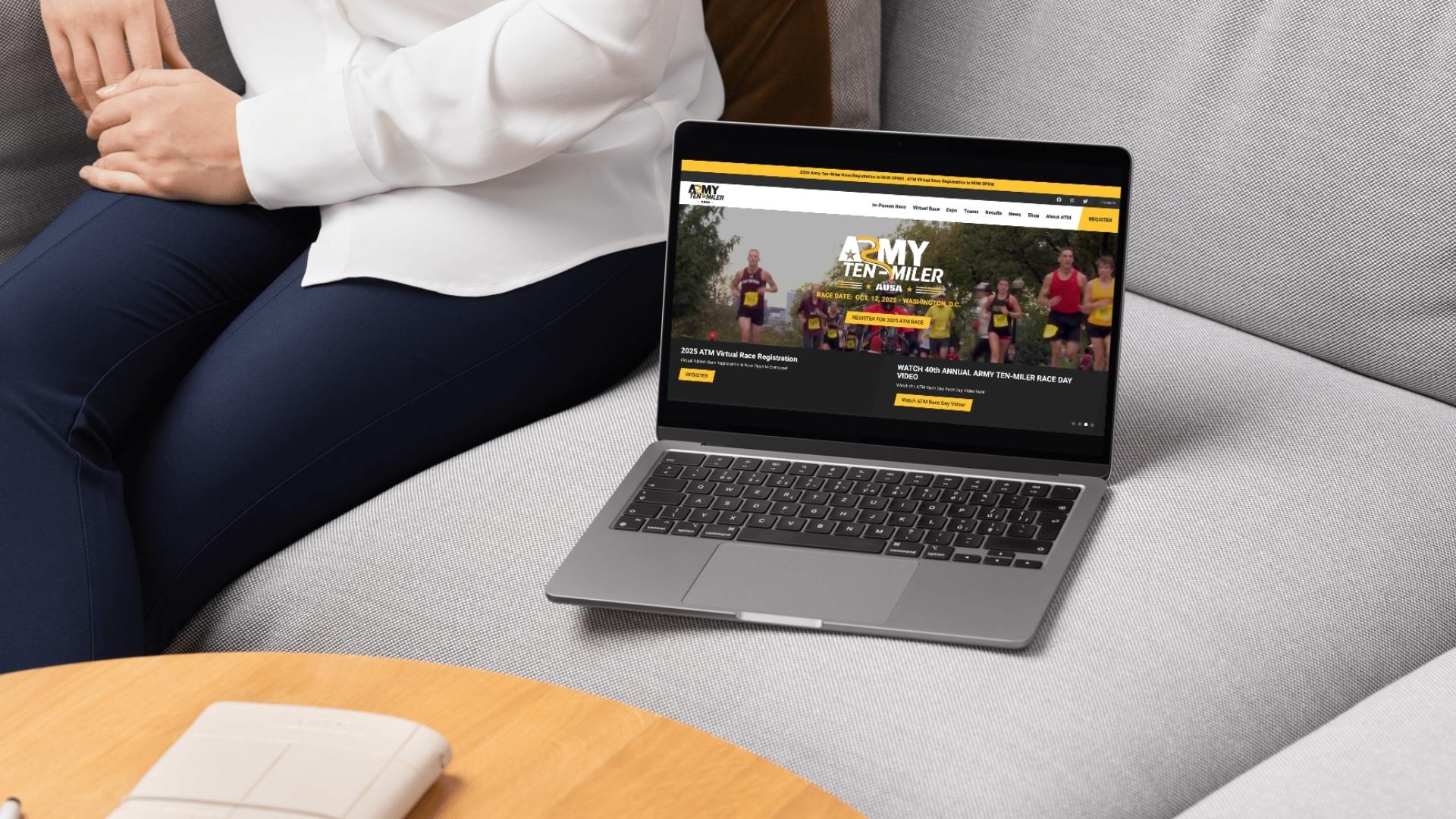Let’s be honest: most case studies read like they were written by a fax machine. Dry, jargon-packed, and full of vague accomplishments that sound like they were pulled from a hat labeled "synergy." But when done right? A case study can be your sharpest sales tool a proof point that slices through skepticism.
Why Bother with Case Studies?
Because your prospects are tired of being "told" things. They want to see it. They want to know that someone like them had a problem, chose your solution, and came out looking like a rockstar. In a sea of vendor promises, proof stands out.
Storytelling That Doesn't Suck
Instead of leading with, "Company XYZ achieved 28.4% ROI over 14 months," try this:
"Before using Concrete CMS, XYZ's intranet was so disorganized even the IT director couldn’t find the vacation policy. Two months later, HR reported a 65% drop in repeat questions."
That’s a story. One with tension, change, and a relatable payoff.
Use the OSIR Framework
Thanks to Gartner’s research on storytelling, there's a reliable format to make case studies engaging:
- Outcome: Start with the punchline. What amazing thing happened?
- Situation: What chaos or inefficiency were they stuck in before?
- Impact: How bad was it? Use specifics.
- Resolution: What did your solution do? Name the fix, the features, and the human result.
Make It Personal
Highlight the people, not just the company. Readers connect with other humans, not legal entities.
"Maria, their overworked marketing manager, said switching to Concrete CMS was like 'finally getting out of a maze.'"
That one quote does more heavy lifting than a page of feature lists.
Keep It Short, Unless It’s Great
Long case studies are fine if they’re captivating. Otherwise, stick to one-pager formats. Think of it like a movie trailer, not the whole film.
Add Real Links and Screenshots
It’s 2025. If your case study doesn’t include links to the live site or a video walkthrough, are you even trying?
Want Examples?
Take a look at our write-ups on:

The Army Ten-Miler successfully transformed its digital platform to overcome major performance and security challenges, ensuring a seamless experience for over 35,000 participants annually. With the implementation of Concrete CMS and a performance-hardened infrastructure, the event has achieved zero downtime, faster load times, and enhanced compliance, securing its place as one of the premier races in the U.S.

For years, PortlandLabs operated with a barebones website. It had only two pages and no real content strategy. The site failed to explain what the company does or why it exists. As the team behind Concrete CMS, PortlandLabs had built a powerful platform used by large organizations, yet its own web presence did not reflect that credibility.
Final Thought
Good case studies aren’t about you. They’re about the transformation your customer experienced — with your help. So cut the fluff, find the story, and let your customers do the convincing for you.
